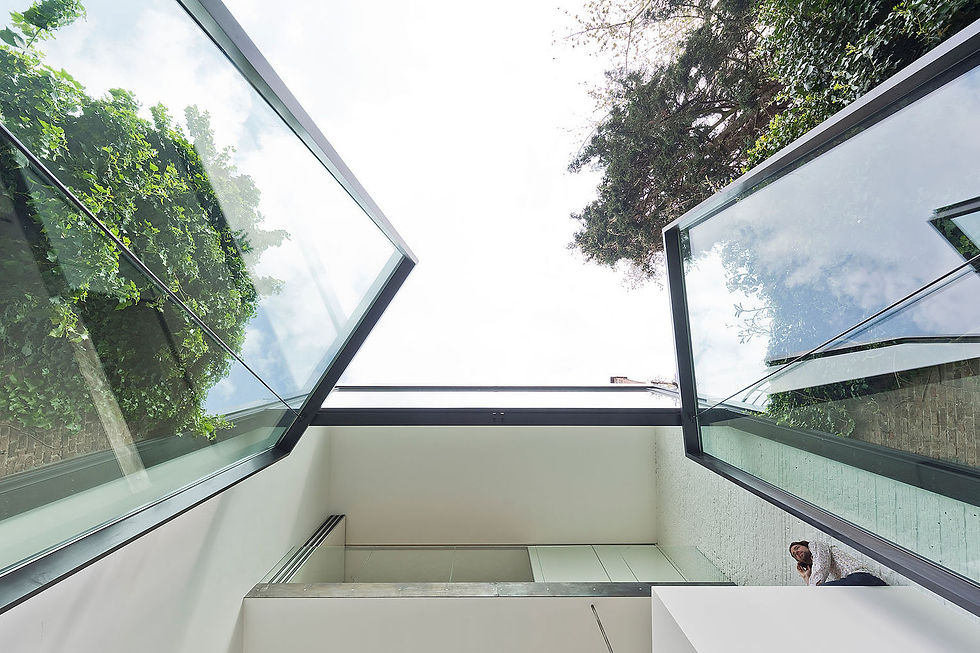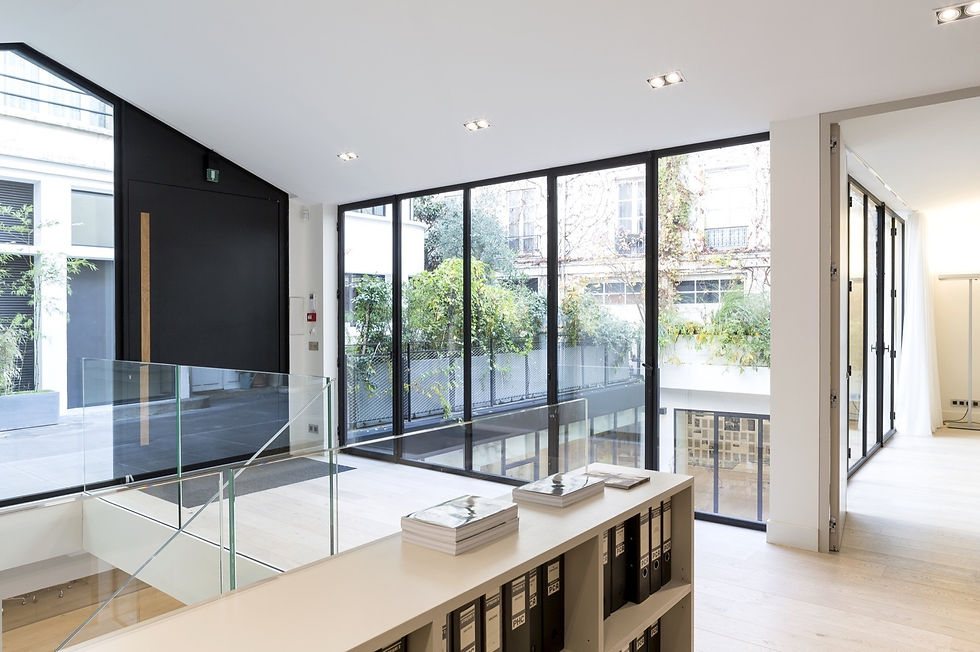Subtle, Minimalist Design
- Michael Mullock
- Mar 8, 2022
- 3 min read
Minimalist Windows with High Rigidity Steel Profiles: Transparency and Subtle Design
After centuries of using wood for the development of window and door carpentry, the Rationalism of the 20th century began to adopt a new material for these purposes: steel. Driven by industrial production, and promoted by architects such as Adolf Loos, Mies van der Rohe, and Le Corbusier, steel was evolving to generate increasingly thin and resistant frames. However, efficient and low-cost materials, such as aluminum and PVC, gradually began to replace its widespread use, increasing the size of the frames and losing steel's "clean" aesthetic when applied to a growing architecture of large glass paneled facades.
At present, new technologies have refined their production processes, developing minimal profiles of high rigidity and precision, which take full advantage of the transparency of the glass and deliver new comfort and safety features. We talked with Jansen's experts to deepen our understanding of their application in contemporary architecture.
Of Swiss origin, the company Jansen was created in 1923, the same decade when steel was first intensively incorporated into different architectural elements. Since those years, the company has been dedicated to the research and development of steel systems that today align with new technologies and architectural needs, forming a catalog of more than 3,000 different profiles, available in galvanized, stainless, and corten steel.
The unique characteristics of steel provide useful solutions for particular conditions. For example, they are useful for high traffic doors (due to the need for resistance when constantly opening and closing), for security doors and windows (due to their resistance to bullets, impacts, and fires), and for monumental facades (which must withstand the weight of large panes of glass and be tightly closed for thermal and acoustic insulation).
In relation to passive fire protection, there are fire-resistant steel profiles that meet the standards of F30, F60, F90 and F120 in fixed elements, and F30, F60, and F90 in doors. These profiles, together with the appropriate glass, prevent the spread of fire, smoke, and heat, protecting evacuation routes and the integrity of the buildings.
Compared to aluminum, steel is 3 times more rigid. Therefore, to achieve its strength, aluminum profiles must be 3 times more "large". In the case of monumental glass, aluminum must be reinforced to resist its weight, delivering a coarser aesthetic and losing many times over the benefits and performance expected from large windows.
One of the great attributes of steel is its ability to be welded, thus reducing its buckling lengths by dispensing with articulated joints. Welding also allows the addition of elements, cleanly and without the need for screws, expanding design possibilities and permitting structures with angles and curvatures.
The smaller Jansen profiles have a 15 mm front and are recommended for the construction of partitions or very thin windows. In contrast, the largest profiles reach a section of up to 60x280 mm and up to 10 meters long, making them useful for the construction of curtain walls without the need for intermediate supports.
The material is supplied in electro-galvanized bars inside and outside, ready to be processed in the most diverse shapes and sizes, and can be finished in any texture and color, depending on the needs of the architects and the client. Steel is a sustainable material that can be recycled many times without losing its attributes and requires less energy for its production.
According to its particular dimensions and properties, each steel profile has been designed to work together with its glass, delivering an integrated solution for doors, windows, and complete facades.
Written by Materials | Translated by José Tomás Franco
Originally Published November 09, 2019 by archdaily.com












Comments